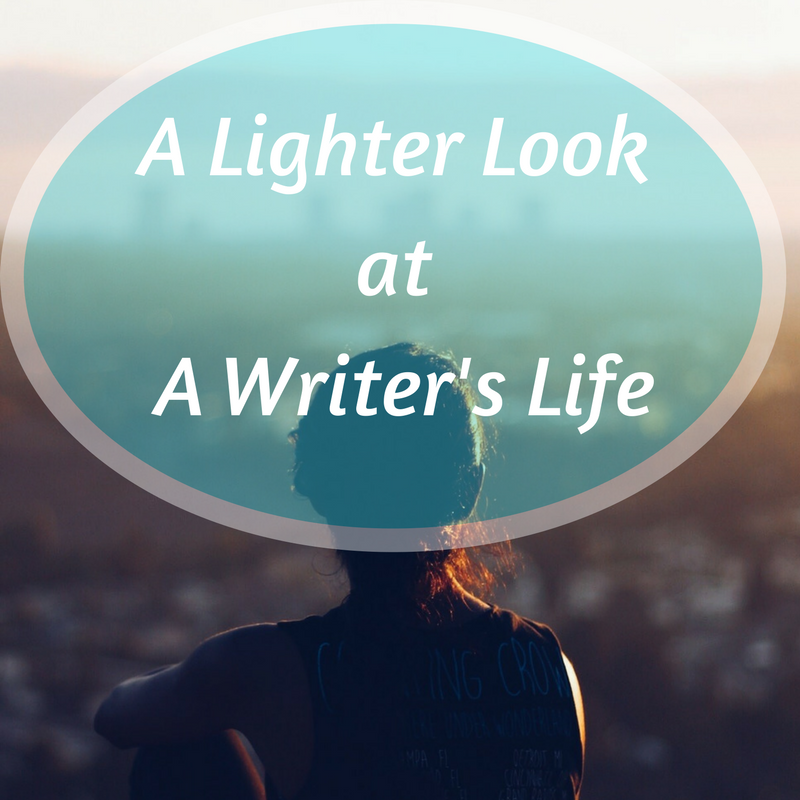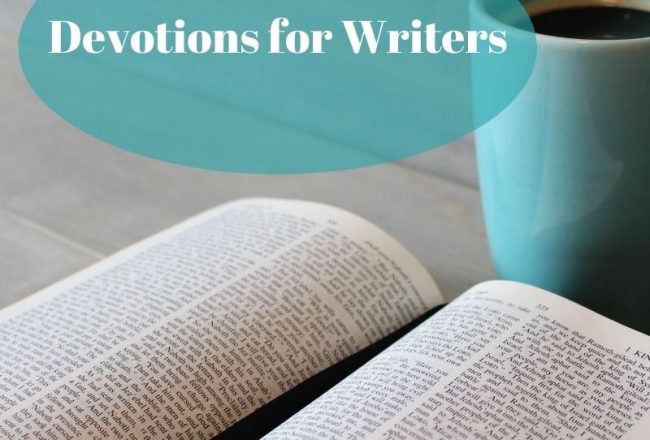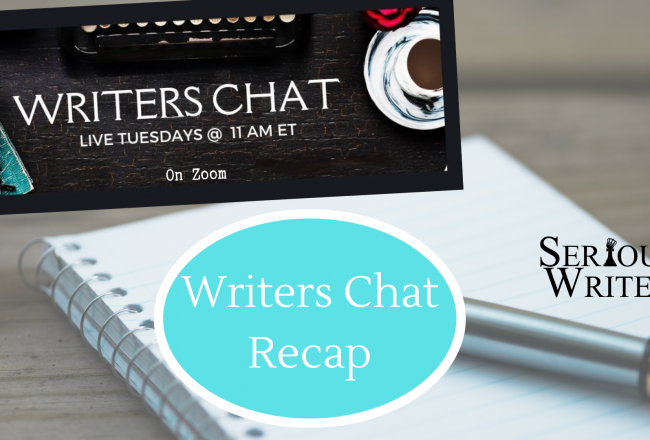
Body Language: What Your Character Is Really Saying-Lisa Betz
If actions speak louder than words then a character’s body language is an important part of dialogue. And yet…
September 19, 2016
If actions speak louder than words then a character’s body language is an important part of dialogue. And yet…
September 19, 2016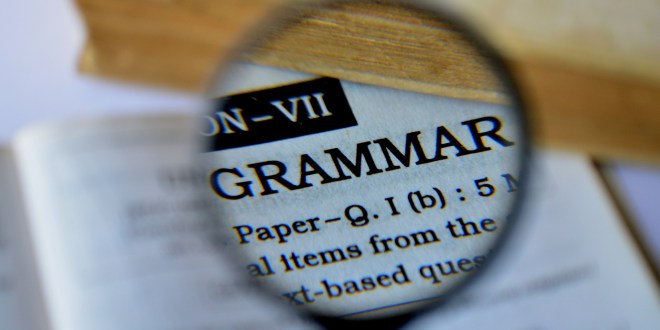
This month’s post is all about words you might be hearing and saying and, consequently, writing improperly. We’re not…
September 17, 2016
Yes, we’re continuing to visit confusing words because the English language abounds with them. Here are a few…
September 17, 2016
Welcome, Ben. Tell us about your latest book. I’d Punch a Lion in His Eye for You I’d Punch a…
September 16, 2016
“Find the key emotion; this may be all you need know to find your short story.” – F. Scott…
September 15, 2016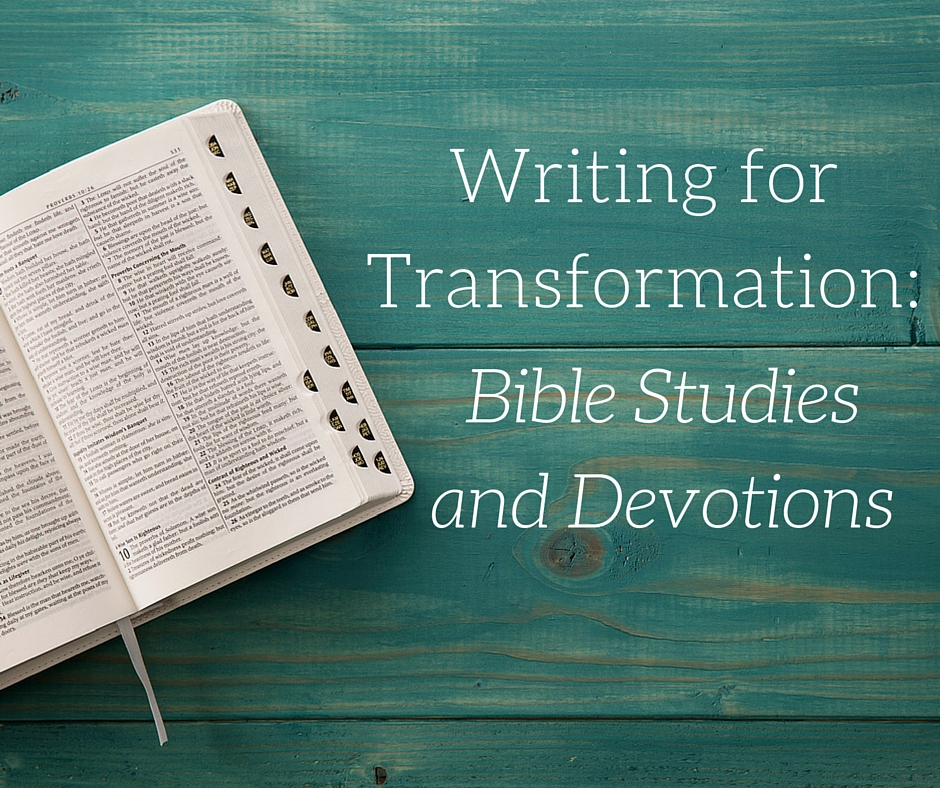
Good teachers are also good storytellers. Stories capture our attention and imagination. They make us laugh, relieving tension. They…
September 14, 2016
The term poetry comes from the medieval Latin poetia, from Latin poeta ‘poet’. It usually refers to the written…
September 13, 2016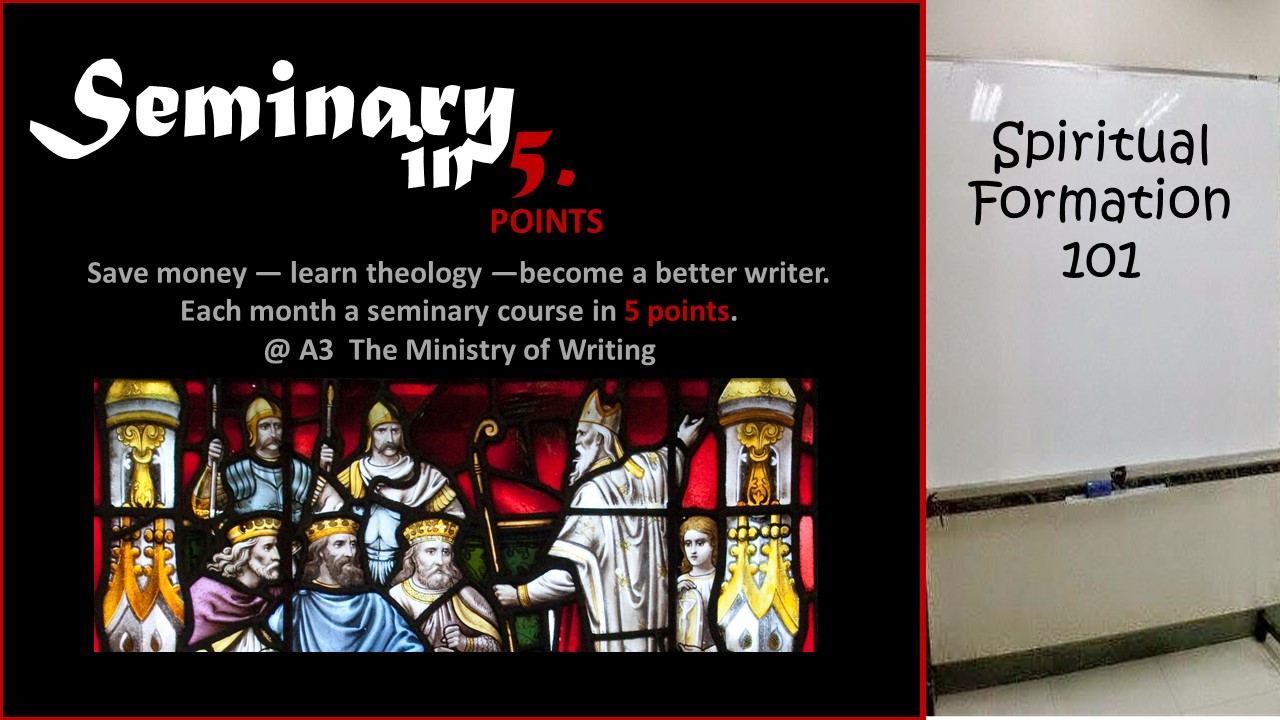
Save money. Learn theology. Become a better writer. Minister more effective. That’s my hope for you. In this second…
September 12, 2016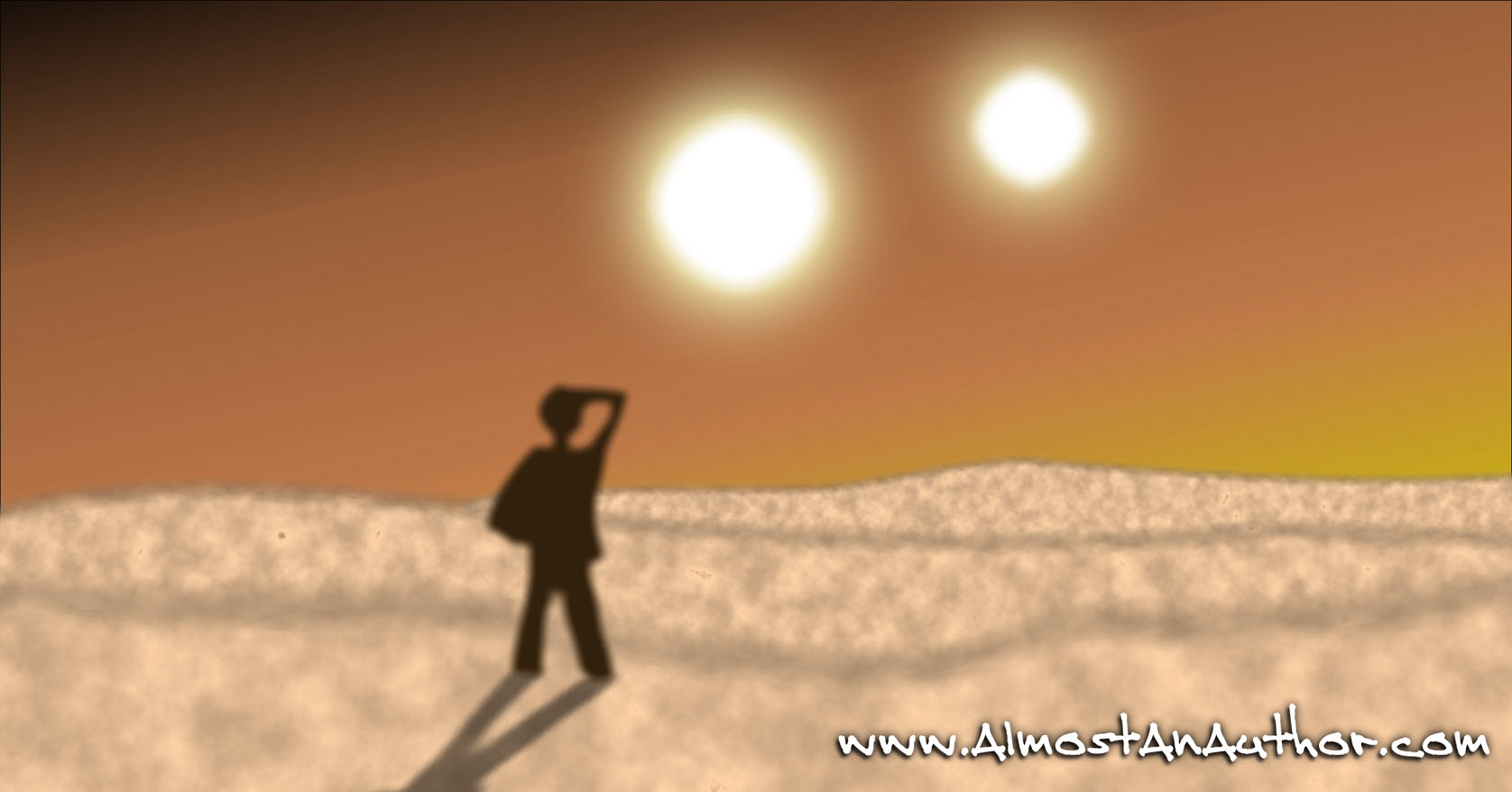
As Tatooine’s twin suns slowly inch to the sand dunes in the horizon, a lone figure strains his eyes…
September 11, 2016
by Terry Whalin The bulk of my magazine writing is done on assignment. How do you get an assignment?…
September 10, 2016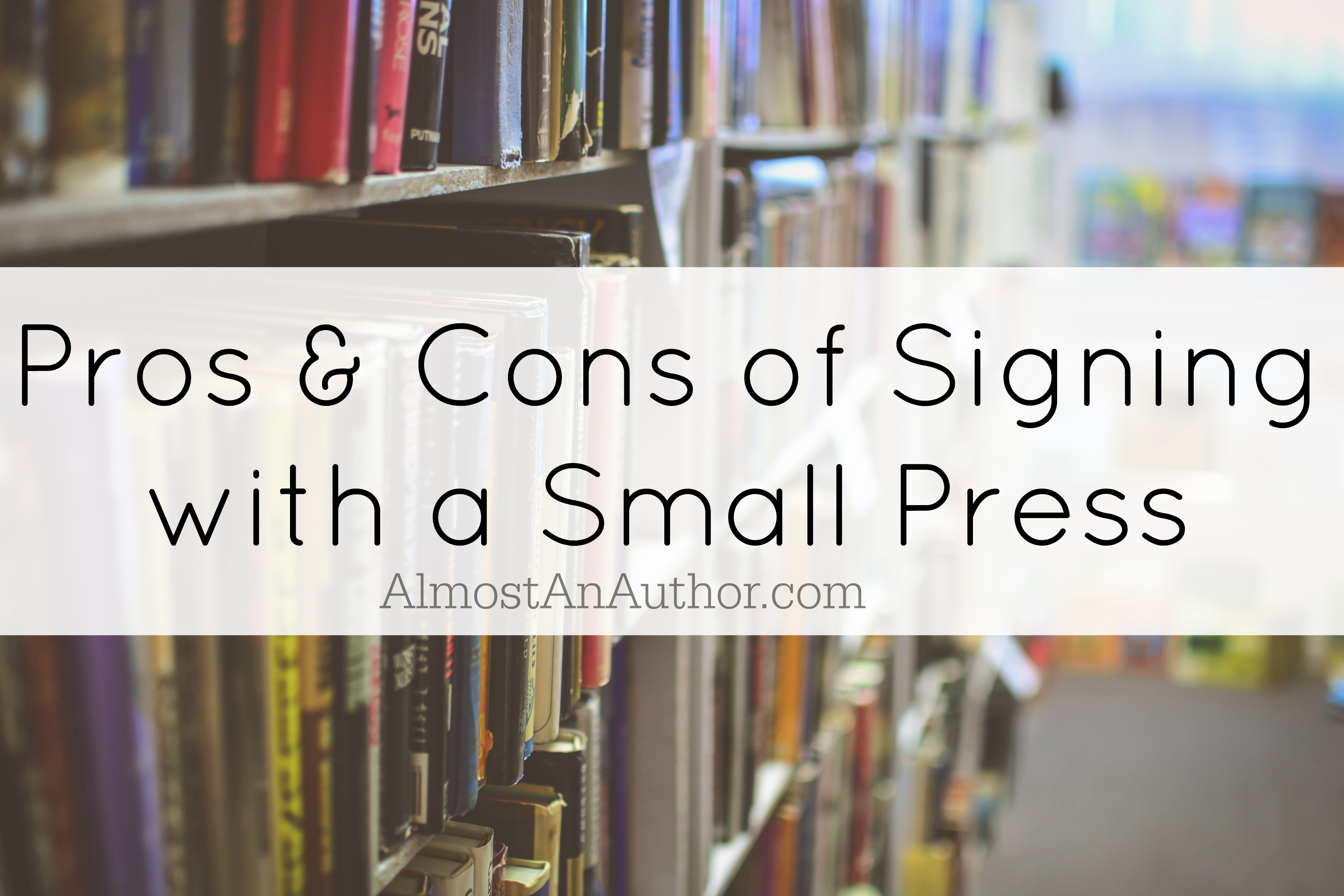
I was sixteen when I attended my first writing conference. My goal wasn’t to find a publisher; in fact,…
September 9, 2016
Elaine Marie Cooper I don’t think there is a writer among us who does not ask this question at…
September 8, 2016“STOP!” I screamed as I grew more frustrated. “I can’t focus! How am I going to get this book done?”…
September 7, 2016
“Dear Mr. Blog Manager, please excuse Carlton for being late with his post. Life has happened. Thank you.” Sound…
September 6, 2016
Where do you go to have your creative senses stirred? No doubt there is value in following a routine.…
September 4, 2016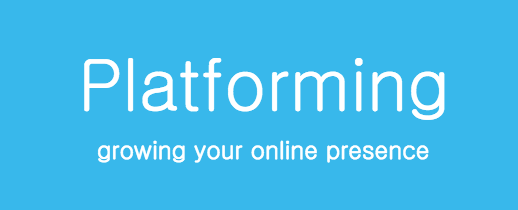
When building a writer platform, few of us consider hiring a virtual assistant, or VA. Most of us are…
September 3, 2016
by Laura Zimmerman Allons-y! Say these words and any Doctor Who fan will be able to tell you the…
September 2, 2016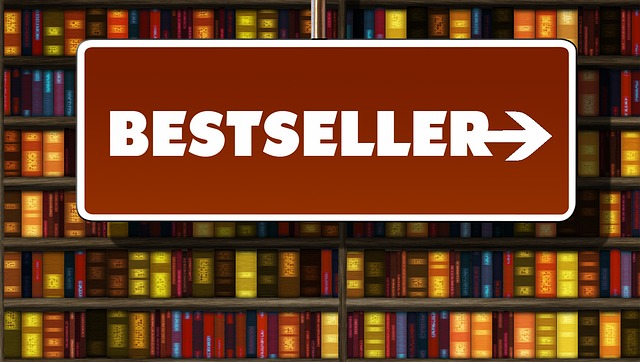
Welcome Cindy Sproles. Congratulations on your debut novel and bestseller. You are extremely approachable, and you strive to assist aspiring…
September 1, 2016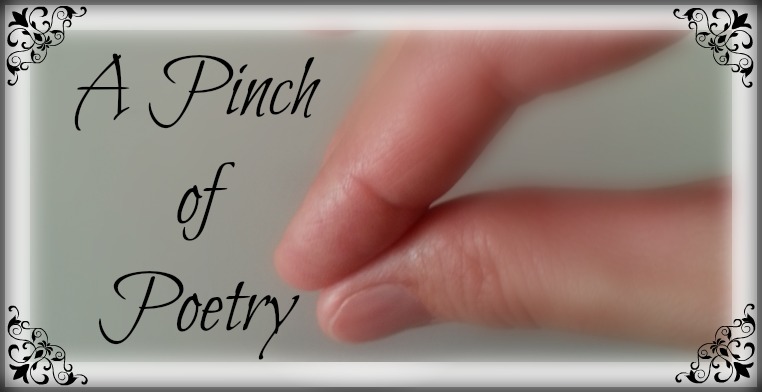
Today we are going to look at another short form of Japanese poetry known as tanka. The short form…
August 31, 2016You’ve probably heard the phrase, “Art imitates Life.” This makes sense because every creative person, whether writer, painter,…
August 27, 2016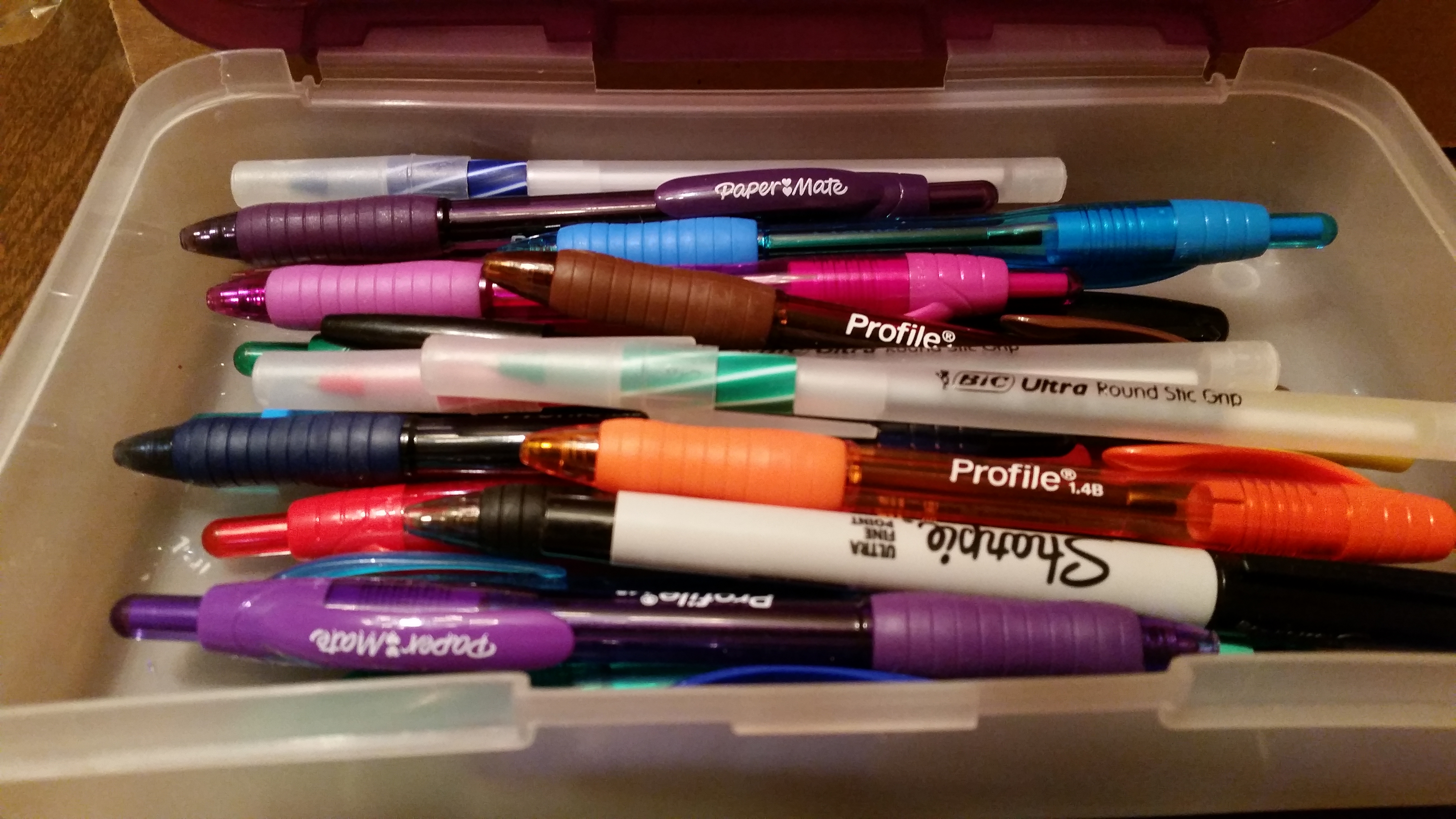
Last month, we talked about what “publish-ready” means. This time, we’ll look at basic proofreading. Spell check in Microsoft Word or whatever…
August 26, 2016By Sarah Zuehlke Magazines. They come in a never ending stream of styles and forms. In spite of the…
August 25, 2016
Their are writing problems I’d like to talk about, weather your a seasoned writer or not. There problems that…
August 23, 2016
Welcome, Catherine. Tell us about your latest book, The Things We Knew When their tragic past begins to resurface, can…
August 19, 2016by Shelbey Webb At the young age of 10, as a 5th grader, I recognized that I loved to…
August 18, 2016
